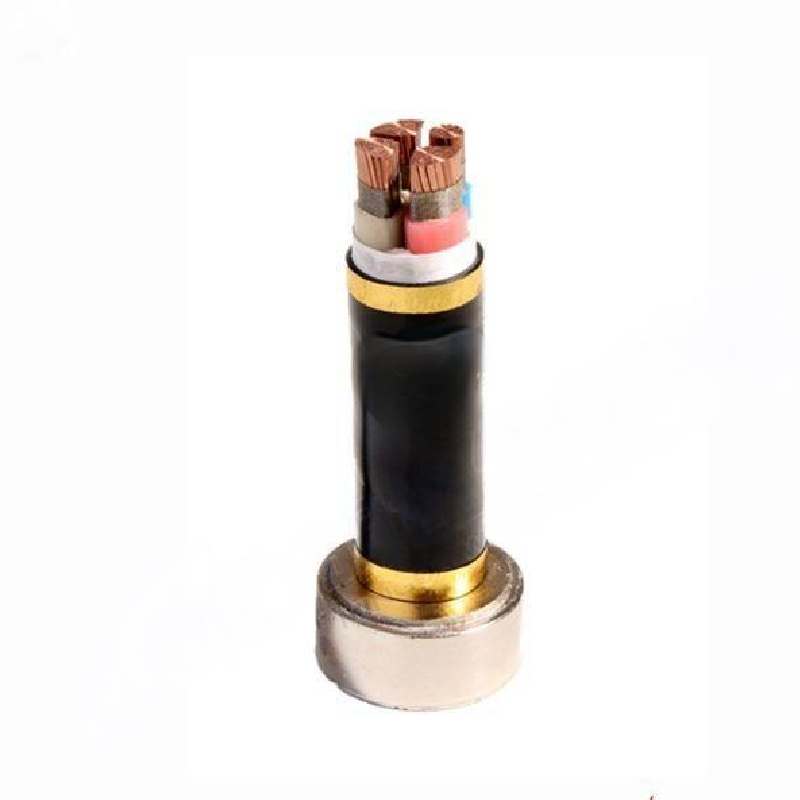Nov . 30, 2024 03:30 Back to list
Silent Backflow Prevention Valve for Efficient Fluid Control System
Understanding Quiet Check Valves A Comprehensive Overview
In the world of fluid dynamics, check valves play a crucial role in preventing backflow in piping systems. Among these, the quiet check valve stands out for its unique design and operational advantages. This article will delve into the functionality, benefits, applications, and considerations surrounding quiet check valves, providing a thorough understanding for engineers, manufacturers, and end-users alike.
What is a Quiet Check Valve?
A quiet check valve is a type of one-way valve that allows fluid to flow in only one direction while preventing backflow. Unlike traditional check valves, which can create a loud bang or slam shut due to rapid flow changes, quiet check valves are specifically designed to minimize noise during operation. This is typically achieved through the incorporation of features such as cushioning mechanisms or specific flow path geometries that reduce turbulence.
The Mechanism of Action
The basic operation of a quiet check valve involves a movable disc or flap within the valve body that opens when the fluid flows in the correct direction and seals tightly when backflow occurs. The design of the valve’s internal components greatly influences its noise level. For instance, some quiet check valves use a spring-assisted mechanism, while others utilize a dashpot to slow the closing action, thereby diminishing the noise generated during valve closure.
Benefits of Quiet Check Valves
1. Noise Reduction The primary advantage of quiet check valves is their ability to operate with minimal noise, making them ideal for applications in residential or commercial environments where sound levels need to be kept in check.
2. Reliability and Efficiency Quiet check valves provide reliable backflow prevention, thereby protecting pumps, compressors, and other equipment from damage caused by reverse flow. Their efficient design ensures minimal pressure drop, enhancing overall system performance.
3. Extended Lifespan The smooth operation and reduced wear and tear on internal components often result in longer service life compared to traditional check valves. This durability translates into lower maintenance costs over time.
4. Versatility Quiet check valves are suitable for various fluids, including water, oil, and gas. They can be employed in numerous systems, from municipal water supply networks to industrial chemical processing.
Applications of Quiet Check Valves
quiet check valve

Quiet check valves find applications in numerous fields, including
- HVAC Systems They help maintain proper airflow in heating and cooling systems, preventing backdrafts that could disrupt performance. - Water Treatment Plants In these facilities, quiet check valves ensure the efficient movement of water without the disruptive noises associated with traditional valves.
- Pumping Stations They protect pumps from backflow and cavitation, which can lead to equipment failure.
- Fire Protection Systems In fire suppression systems, quiet check valves prevent backflow that could compromise water supply during emergencies.
Considerations When Choosing a Quiet Check Valve
When selecting a quiet check valve for a specific application, several factors should be considered
- Fluid Type Ensure that the valve material is compatible with the fluid to prevent corrosion or damage.
- Pressure and Temperature Ratings Evaluate the system’s operating conditions and select a valve that can withstand the required pressure and temperature.
- Installation Requirements Consider the space available for installation and any orientation restrictions that might affect valve performance.
- Maintenance While quiet check valves generally require less maintenance, regular inspections are still important to ensure continued operation without issues.
Conclusion
Quiet check valves are an invaluable asset in many fluid control systems. Their ability to minimize noise while ensuring reliable backflow prevention makes them a preferred choice in numerous applications. As industries continue to prioritize efficiency and sustainability, the adoption of innovative solutions such as quiet check valves will likely increase, paving the way for quieter and more efficient systems. Understanding the intricacies of these valves not only helps in selecting the right product but also enhances overall operational performance in a variety of fields.
Share
-
Reliable Wafer Type Butterfly Valves for Every IndustryNewsJul.25,2025
-
Reliable Flow Control Begins with the Right Ball Check ValveNewsJul.25,2025
-
Precision Flow Control Starts with Quality ValvesNewsJul.25,2025
-
Industrial Flow Control ReliabilityNewsJul.25,2025
-
Engineered for Efficiency Gate Valves That Power Industrial PerformanceNewsJul.25,2025
-
Empowering Infrastructure Through Quality ManufacturingNewsJul.25,2025